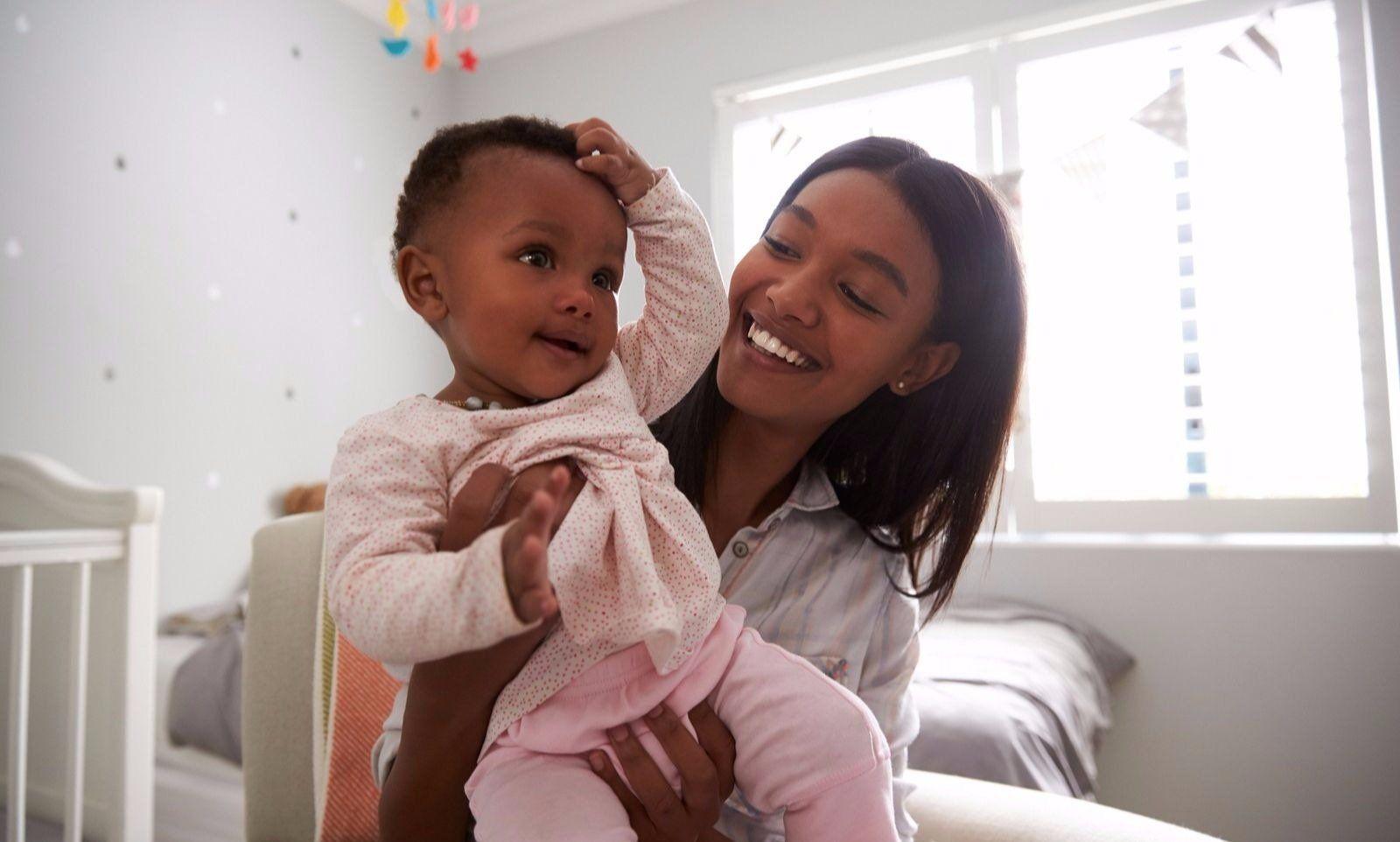BABY
When (and How) to Move Your Baby to Their Own Room
Room sharing is convenient so there's no rush!

Written by
Dr. Harvey Karp

SHARE THIS ARTICLE
PARENT PICKS
Bestsellers
BABY

Written by
Dr. Harvey Karp

SHARE THIS ARTICLE
Bestsellers
Room sharing is super convenient, so there is no rush to move your baby into their own room. Feeding is easy when your baby is in a cot or cosleeper next to your bed. There is no middle-of-the-night hike down a cold, dark hall, and no struggling to fall back asleep again. And you get to hear your baby’s white noise, which can help you sleep better, too.
The National Health Service recommends room sharing for at least the first 6 months because room sharing is safer for your baby. You can hear if your infant is having a problem, and just being near her reduces the risk of SIDS.
Yet, by the first birthday, about 70% of parents have moved their baby to a cot in their own room.
When is the best time to move a baby to its own room? I recommend doing it around 6-7 months. After that, infants become much more tuned in to the particulars of their surroundings and may have trouble with the change.
Also, by 8 months, many babies suddenly notice—and really care—if there is no one nearby. This can especially be a problem if they are used to having company in their room but now find themselves totally alone. Separation worry is especially stressful for babies with a sensitive or cautious temperament.
When you transition a baby to its own room, do not be shocked if your little one protests for a few nights when you leave. If this happens, I recommend you pick her up right away and comfort her (do not talk too much or nurse her; otherwise you will accidentally be encouraging her protests). As she calms, put your little love down again. If she fusses again, pick her up. Repeat this routine as often as needed. As long as you pick her up as soon as she fusses (and use white noise), it rarely goes on more than 30 minutes.
Here are some additional tips to ease a baby’s move to their own room:
Disclaimer: The information on our site is NOT medical advice for any specific person or condition. It is only meant as general information. If you have any medical questions and concerns about your child or yourself, please contact your health provider. Breastmilk is the best source of nutrition for babies. It is important that, in preparation for and during breastfeeding, mothers eat a healthy, balanced diet. Combined breast- and bottle-feeding in the first weeks of life may reduce the supply of a mother's breastmilk and reversing the decision not to breastfeed is difficult. If you do decide to use infant formula, you should follow instructions carefully.